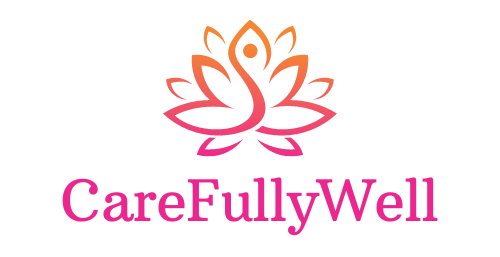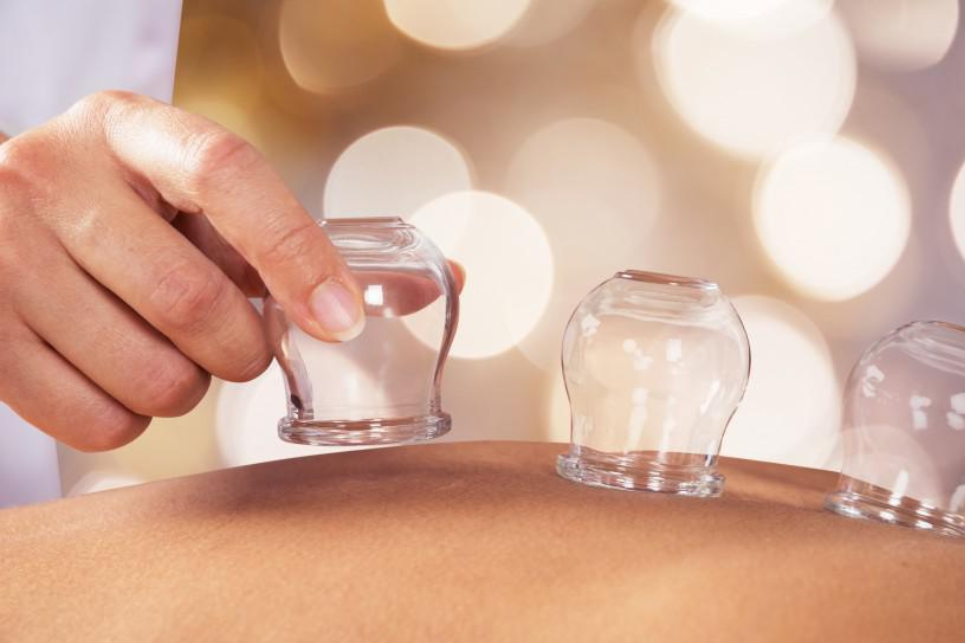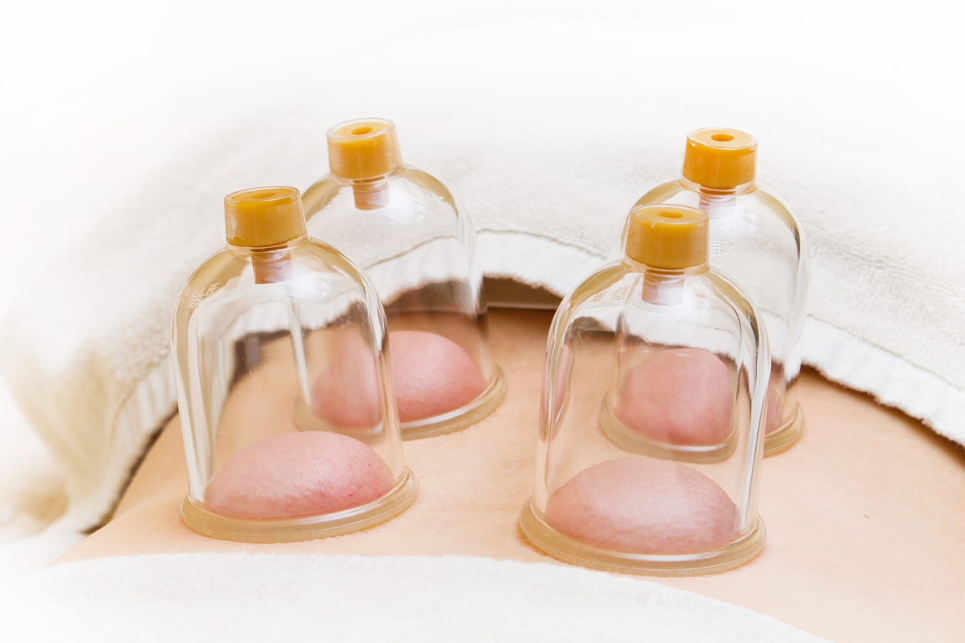The Art of Healing: Exploring Dry Cupping Therapy
Throughout history, various alternative therapies have emerged as holistic approaches to healing the body, mind, and spirit. One such practice, dry cupping therapy, has gained attention in recent years for its potential health benefits. In this article, we will delve into the art of dry cupping therapy, its history, methods, benefits, and what to expect from a session.
A Time-Honored Tradition
Cupping therapy has deep roots in traditional healing practices. While the origins of this therapeutic approach are not definitively known, it has been documented in ancient Chinese, Egyptian, and Middle Eastern cultures. The process typically involves creating a vacuum within a cup to draw the skin and underlying tissues upward, promoting circulation and releasing toxins.
The Dry Cupping Technique
Dry cupping therapy is distinguished by the absence of heat or flame during the cupping process. Instead of using fire to create a vacuum, as is common in traditional cupping, practitioners of dry cupping use a mechanical device to suction the air from the cup.
Here’s a step-by-step overview of the dry cupping technique:
1. Preparation: The therapist begins by selecting cups made from various materials, including glass, plastic, or silicone, and attaches a suction device to each cup.
2. Skin Lubrication: To facilitate smooth movement, a lubricant such as oil or lotion is applied to the patient’s skin.
3. Suction: The therapist places the cup on the designated area of the patient’s body and uses the mechanical device to create a vacuum, which draws the skin and underlying tissues into the cup. This action results in the appearance of a raised, reddened area known as a “cupping mark.”
4. Duration: The cups remain in place for a specific period, typically ranging from a few minutes to up to 20 minutes, depending on the therapist’s assessment and the patient’s comfort level.
5. Removal: After the designated time has passed, the therapist releases the vacuum and removes the cup.
The Benefits of Dry Cupping Therapy
Dry cupping therapy is believed to offer several potential health benefits, although scientific research is still ongoing. Some of the common reported benefits include:
1. Pain Relief: Cupping is often used to alleviate muscle and joint pain. The suction action can stimulate blood flow to the affected area and promote relaxation.
2. Improved Circulation: By enhancing blood circulation, cupping may aid in the delivery of oxygen and nutrients to tissues, which can support the body’s natural healing processes.
3. Relaxation: Many individuals find cupping therapy to be deeply relaxing, which can contribute to stress reduction and an overall sense of well-being.
4. Detoxification: Cupping is believed to help the body eliminate toxins and waste products by increasing lymphatic flow and promoting the removal of metabolic waste.
5. Reduced Inflammation: Some studies suggest that cupping therapy may have anti-inflammatory effects, which can be particularly helpful for conditions marked by inflammation.
What to Expect During a Dry Cupping Session
If you are considering dry cupping therapy, here’s what you can anticipate during a typical session:
– A discussion with your therapist about your health concerns and objectives for the session.
– The selection of the appropriate cupping technique and the identification of specific areas on your body that may benefit from treatment.
– The sensation of cups being applied to your skin and the creation of suction, which can feel like a firm, pulling pressure.
– Relaxation and stillness during the session, as the cups remain in place.
– The removal of the cups, which may leave temporary cupping marks on your skin.
It’s important to note that cupping therapy is generally safe, but it may not be suitable for everyone. Consult with a qualified and experienced practitioner to discuss any potential contraindications or concerns before scheduling a session.
In conclusion, dry cupping therapy is a time-honored practice that has found renewed interest in modern holistic health. While further research is needed to understand its full range of benefits, many individuals find relief and relaxation through this gentle and non-invasive technique. If you are considering cupping therapy, seeking a trained and knowledgeable practitioner is crucial for a safe and effective experience.


